|
Most Australians are familiar with the policies of child removal that resulted in the Stolen Generations, and the devastation they caused. Their impact continues today: 43% of children in out-of-home care are Indigenous.
What’s less broadly known – though Indigenous communities have spoken about it for decades – is the devastating impact of another, related set of coercive practices that sought to control First Nations mothers through birth control and sterilisation.
Ever since colonisation, Aboriginal women have had to insist on their right to have and raise their own children.
Now, historians are finding, in the government’s own records, evidence of family planning projects designed to control Aboriginal population growth – as recently as the 1960s and ‘70s. In their extraordinary Friday essay, Laura Rademaker, Ngarigu woman Jakelin Troy and Dharawal and Darug woman Julia Hurst share their findings.
For generations of women from settler backgrounds, birth control has offered the freedom and choice to control their own fertility. But as Rademaker and her colleagues write, it has also been used as an authoritarian tool to shape the population through the so-called “right kind” of babies.
A hopeful side emerges from this troubling history, too, in the growth of community-controlled health care – providing a way for Aboriginal women to reassert control over their health decisions, including their fertility.
|

|
Jo Case
Deputy Books + Ideas Editor
|
|
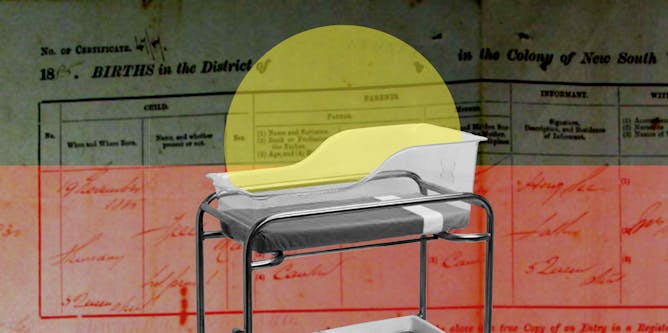
Laura Rademaker, Australian National University; Jakelin Troy, University of Sydney; Julia Hurst, The University of Melbourne
Indigenous people have long spoken about coercive practices of officials and experts around birth control, as late as the 1960s. Now historians are finding evidence in the government’s own records.
|

Natasha Karner, RMIT University
The age of AI warfare has arrived – and it’s not looking good.
|

Michelle Grattan, University of Canberra
Albanese has released two stances on vastly different issues, one of which is a shift in industry policy and the other in the government response to the conflict in Gaza the past week, as he sets himself up for the budget.
|

Michelle Grattan, University of Canberra
Labor MP Josh Burns joins us to discuss the government moving towards recognition of a Palestinian state to help facilitate a two-state solution and the wider Middle East crisis.
|
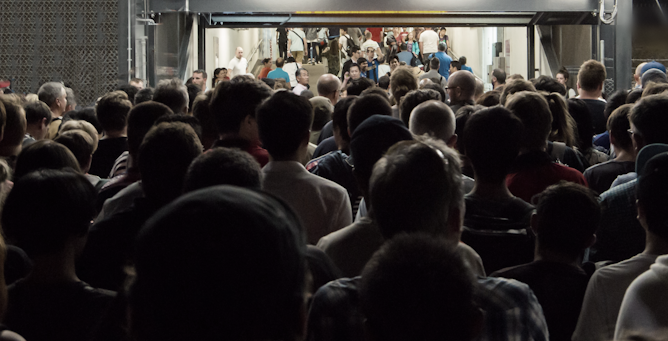
Peter Whiteford, Crawford School of Public Policy, Australian National University
The Institute of Public Affairs says 425,000 more Australians are on welfare than in 2018, but it has double-counted some Australians and left out others.
|
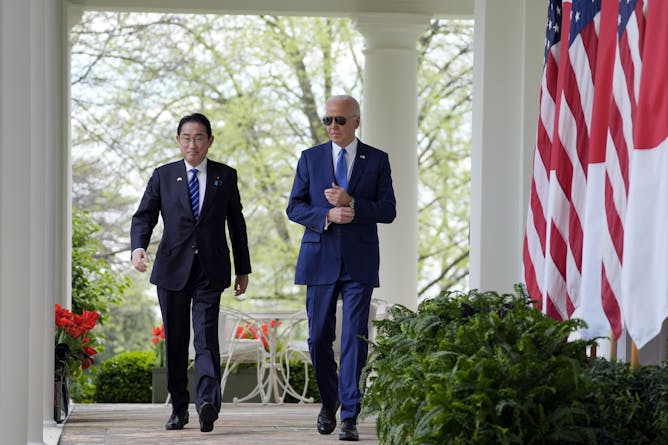
Craig Mark, Temple University
During a state visit to the White House, the US and Japanese leaders announce a suite of new agreements aimed at countering China’s growing power.
|

Elena Prieto-Rodriguez, University of Newcastle
Research on streaming maths classes shows we need to think much more carefully about this very common practice.
|

Helen Dickinson, UNSW Sydney
Washer-dryers and Thermomixers might not seem like disability supports at first glance. But excluding them from NDIS funding could limit the independence of people with disability.
|
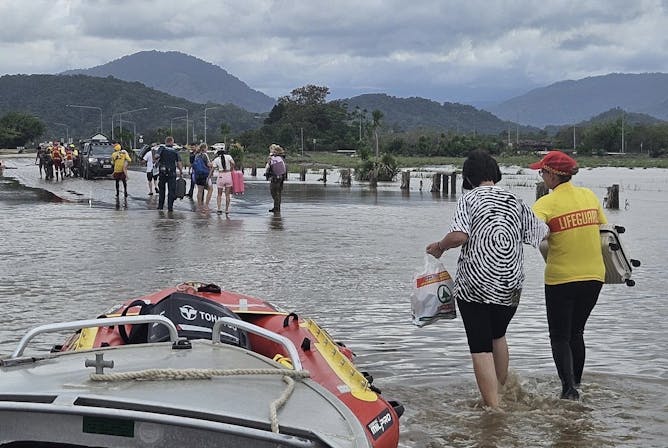
Andrew King, The University of Melbourne; Kimberley Reid, Monash University; Michael Barnes, Monash University; Nick Earl-Jones, University of Tasmania
Weather forecasting is improving at a great rate, even though climate change could be making it tougher.
|

Lorinda Cramer, Deakin University
I’ve been leafing through Foy & Gibson catalogues from the first four decades of the 20th century to try to understand what attracted Australian customers to wearing wool.
|
Politics + Society
|
-
Cathy Sherry, Macquarie University
What are ‘squatters’ rights’ and do they apply in Australia? They do, but using them will likely prove difficult.
-
Hunter Fujak, Deakin University; David Rowe, Western Sydney University
From what sports you can watch with an old aerial, to what apps you’ll see when you switch on a new smart TV – sports lovers can expect big changes ahead.
|
|
Health + Medicine
|
-
Christine Lin, University of Sydney; Christopher Maher, University of Sydney; Fiona Blyth, University of Sydney; James Mcauley, UNSW Sydney; Mark Hancock, Macquarie University
The most common complaint among people with chronic pain is low back pain. Here’s what treatments do – and don’t – work.
-
Archana Koirala, University of Sydney; Brendan McMullan, UNSW Sydney; Christopher Blyth, The University of Western Australia; Emma Best, University of Auckland, Waipapa Taumata Rau; Fiona Russell, The University of Melbourne
At the moment, a child’s access to certain shots can differ depending on whether they live in Queensland or Tasmania.
|
|
Environment + Energy
|
-
James Fitzsimons, Deakin University
Proper biodiversity conservation requires long-term commitments to protect areas of land and water, as laid down in international guidelines.
|
|
Arts + Culture
|
-
Erin Harrington, University of Canterbury
With its occult themes, ’70s nostalgia and some AI controversy thrown into the mix, it’s easy to see why the film was a US box-office success.
-
Angela Wanhalla, University of Otago
A major new exhibition and book showcase Aotearoa New Zealand’s earliest photography, and how the new technology was integral to the colonial project.
|
|
| |
|
|
|
James Cook Univeristy
Cairns QLD, Australia
•
Contract
|

|
|
The Conversation AU
Melbourne VIC, Australia
•
Full Time
|

|
|
University of Wollongong
Wollongong NSW, Australia
•
Full Time
|

|
|
|
|
| |
| |
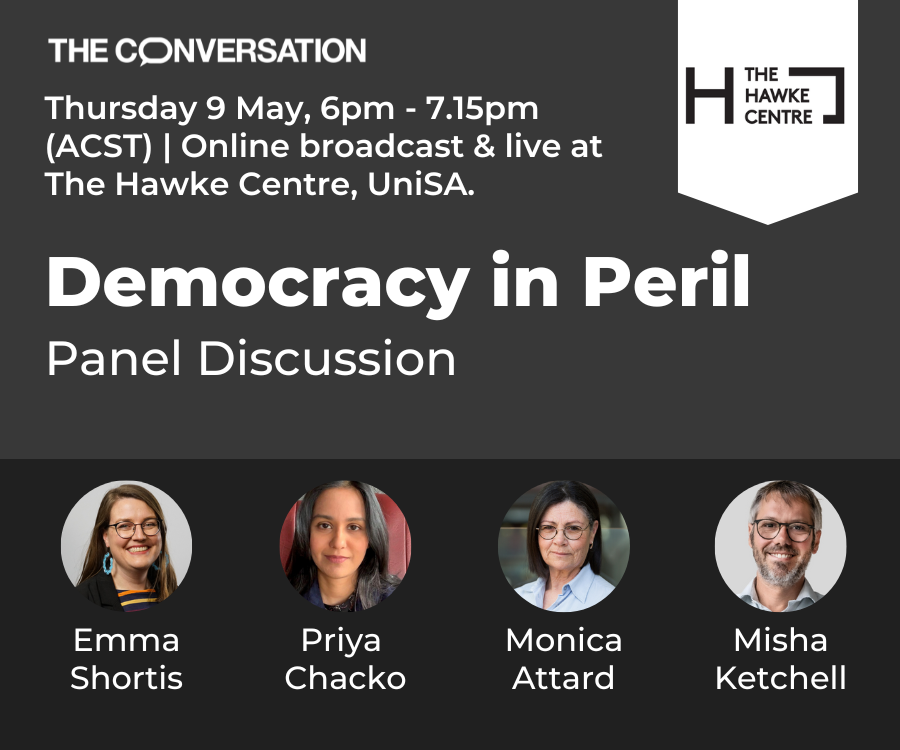
|
| |
| |
| |
Featured Events, Courses & Podcasts
|
View all
|
|
|
|
| |
| |
| |
| |
| |
|
|